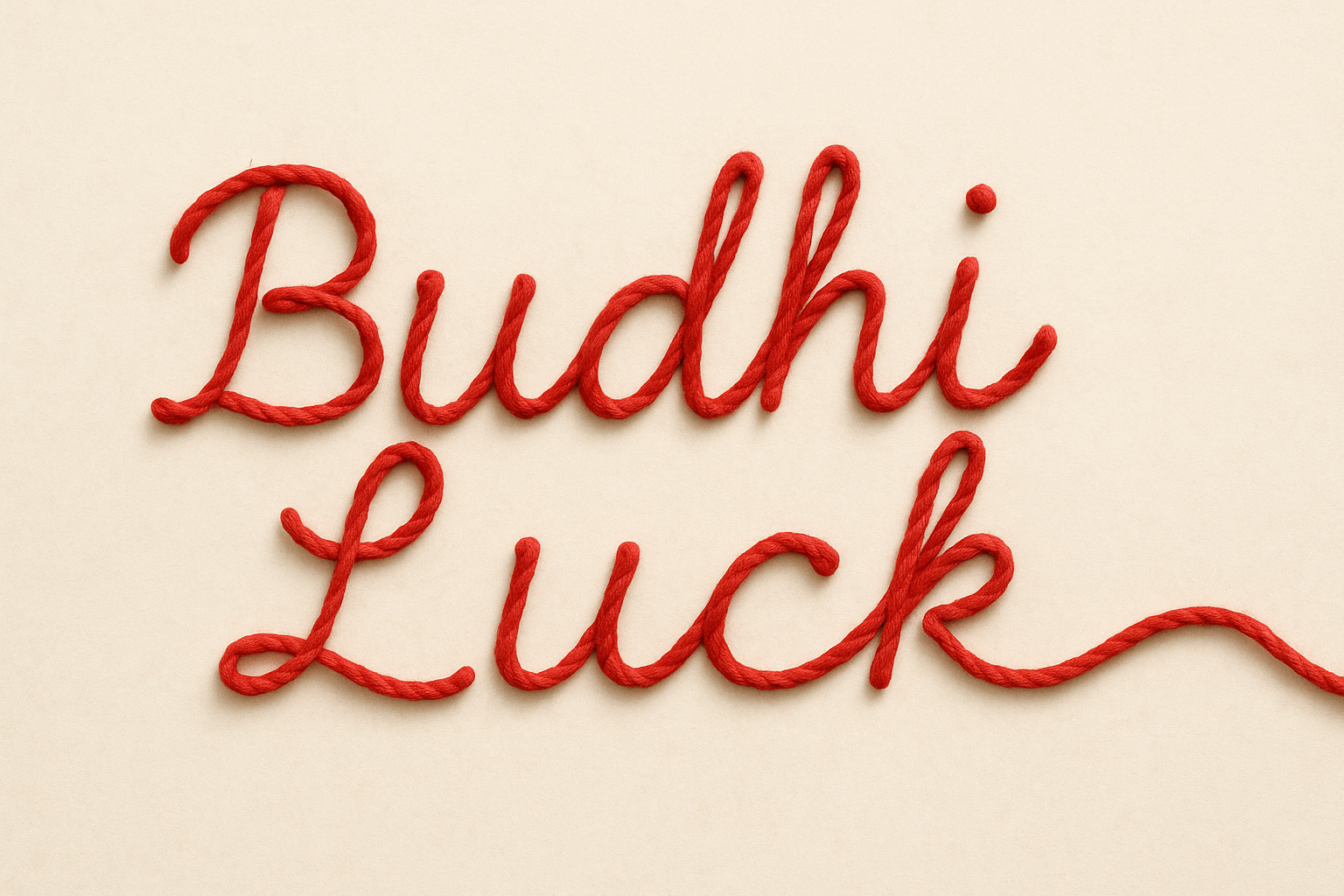- Mon - Fri:
9:00am – 9:00pm
- Call Us:
+1-702-268-6636
- Language:
English
- Currency:
$USD
+1-702-268-6636
English
$USD
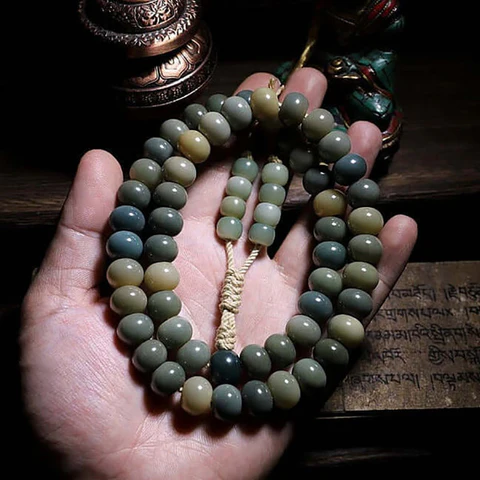

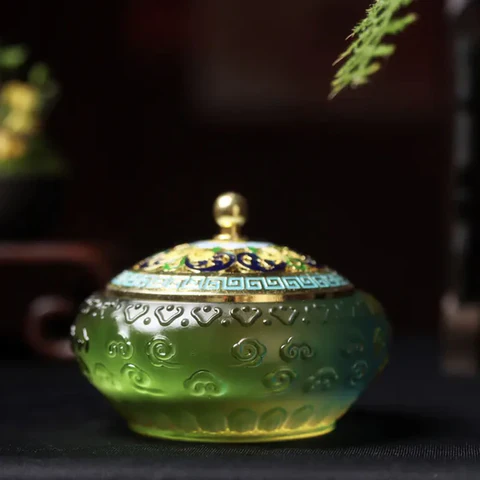
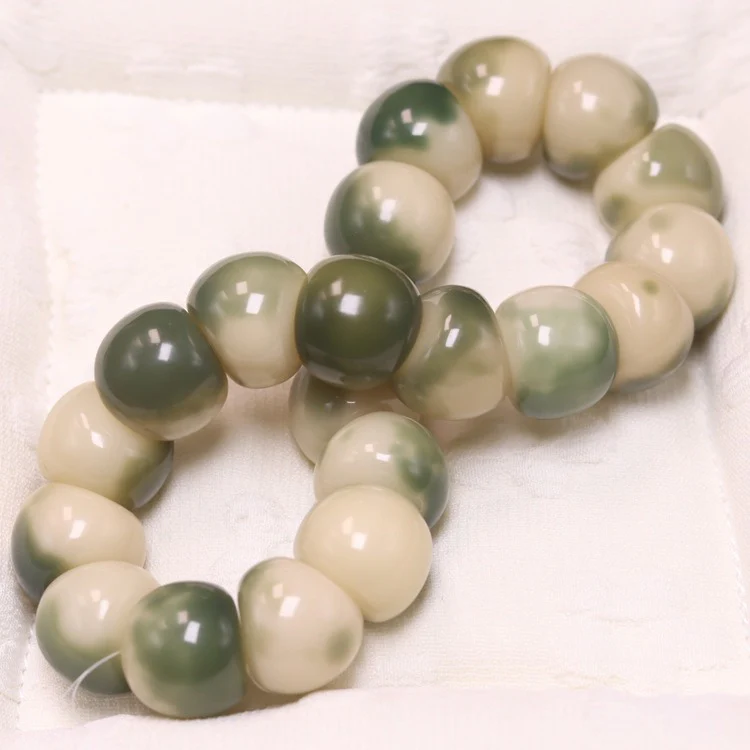
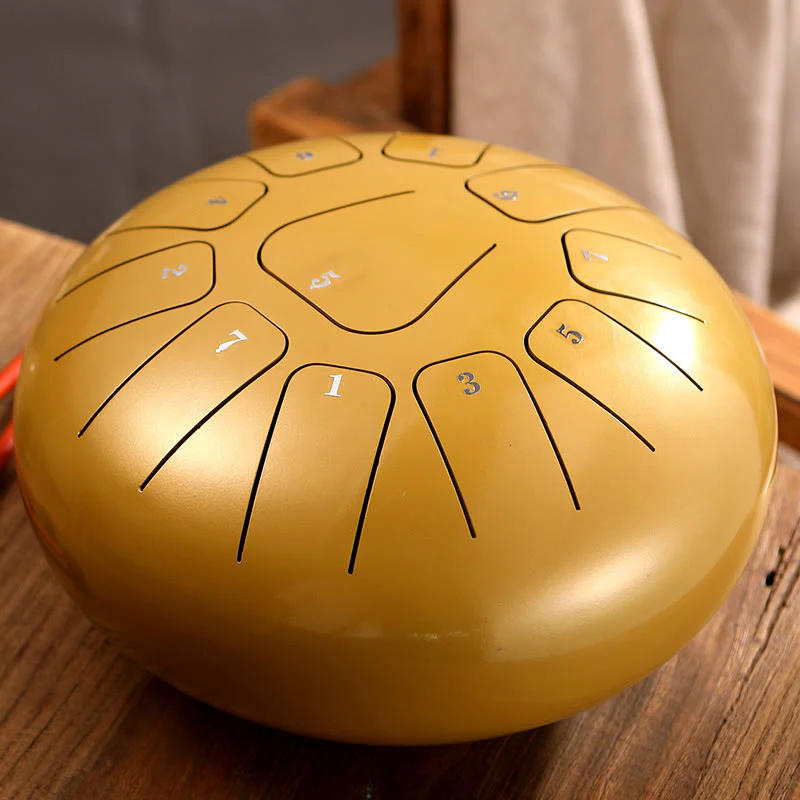
Follow us to learn more about energy growth
For thousands of years, Chinese civilization has explored the mysteries of the universe, change, and human destiny. Among its most profound creations is the Zhouyi (周易), better known internationally as the I Ching or Book of Changes. When people speak of Zhouyi divination, they are referring to a sophisticated system of prediction and guidance rooted in philosophy, cosmology, and symbolism. Far from being superstition, it represents one of humanity’s oldest frameworks for understanding cause, effect, and transformation.
This article takes a deep dive into what Zhouyi divination is, how it originated, how it works, and why it still fascinates scholars, spiritual practitioners, and thinkers around the world today.
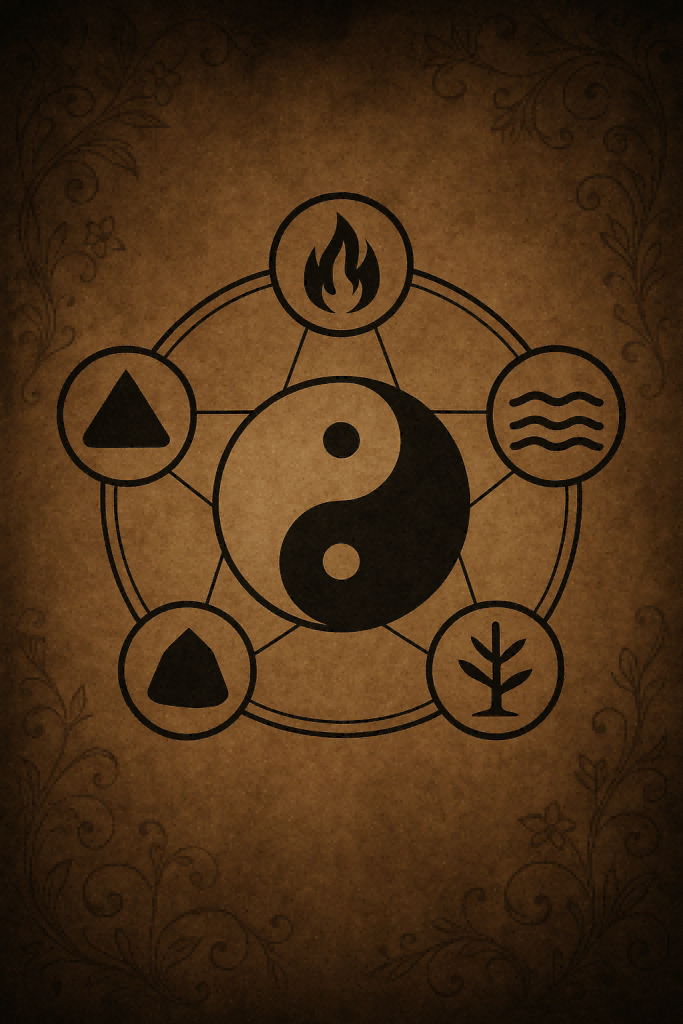
The Zhouyi is believed to have emerged during the Western Zhou Dynasty, though its roots go back even earlier. Archeological findings suggest that the Shang Dynasty (1600–1046 BCE) used divination methods involving oracle bones, tortoise shells, and cracks formed by heat. These early practices laid the foundations for later symbolic interpretation.
The Zhouyi evolved as both a divination manual and philosophical text, and over time, Confucian scholars such as Confucius and his followers incorporated it into the Five Classics. As its influence spread, the Zhouyi developed into a cornerstone of Chinese metaphysical systems, including:
Zhouyi divination is not just fortune-telling—it is rooted in the belief that the universe follows patterns of change, and by recognizing those patterns, one can make better decisions.
At the heart of the Zhouyi is one word: Change. The world is never static. Weather shifts, opportunities arise and disappear, relationships evolve, and fortunes rise and fall. According to the Zhouyi, everything emerges from the dynamic interaction of Yin (阴) and Yang (阳). This interplay generates endless transformations, and these transformations can be observed, interpreted, and anticipated.
Zhouyi divination is built on the idea that if we understand the state of things at this moment, we can infer how they are likely to change in the future.
The foundation of Zhouyi interpretation lies in 64 hexagrams, each composed of six lines (called yao). Each line is either:
The 64 hexagrams come from combinations of eight trigrams (八卦), each representing a fundamental natural force:
By combining two trigrams, stacked vertically, one forms a hexagram. Each hexagram carries unique symbolic meaning related to life situations like conflict, progress, retreat, partnership, danger, or growth.
Historically, there were several ways to derive a hexagram that applies to a situation:
This is the oldest and most traditional approach. Diviners use 50 dried yarrow stalks, and through a ritualized series of calculations and divisions, they determine the Yin or Yang quality of each of the six lines. It is meditative, symbolic, and time-consuming.
Today, most practitioners use three coins. Each toss generates one line:
After six throws, from bottom to top, a hexagram is formed.
In the digital age, apps and online platforms replicate the coin method. While purists prefer physical tools, many accept digital generation as long as the interpretation is accurate and sincere.
Once a hexagram is formed, the diviner analyzes:
This reflects the current situation or the nature of the question.
Lines designated as “changing” represent transformation. They are used to construct a future hexagram, illustrating how the situation may evolve.
Each hexagram traditionally includes:
Interpretation also depends on timing, the question asked, and the diviner’s insight. Unlike rigid prediction systems, Zhouyi stresses flexibility and wisdom.
Westerners often misunderstand Zhouyi as mere prophecy. In fact, it is much deeper:
Confucius himself reportedly said: “If I had another fifty years to study the Zhouyi, I might be free from major mistakes.” This statement highlights that the Zhouyi is more about guidance and ethical wisdom than superstition.
Zhouyi was used by:
It was both a counseling tool and a spiritual practice.
Today, Zhouyi divination is used by:
It has even influenced contemporary systems like Jungian psychology, synchronicity theory, and personality classification models.
Zhouyi divination is most accurate when the diviner understands:
A skilled Zhouyi practitioner is not a prophet, but rather a translator of patterns. They read the signs of change and offer clarity without imposing determinism.
There are several common misunderstandings:
✅ No. It reveals tendencies and possible developments.
✅ It is a philosophical system based on observation, not deity worship.
✅ Interpretation requires insight, context, and practice.
✅ Its principles of change are timeless and widely applied even today.
In a fast-changing world, people seek clarity and direction. Zhouyi divination remains relevant because it offers:
It bridges logic, intuition, and philosophy in a way that modern analysis often lacks.
Zhouyi divination is not about predicting fixed fates but about understanding transformation. By studying hexagrams and interpreting their lines, people gain insight into their current position and the likely direction of events. Whether used as a tool for self-reflection, decision-making, or philosophical exploration, Zhouyi continues to speak across time and cultures.
Its brilliance lies in a simple truth: everything changes. If you can understand change, you can navigate life with greater confidence and wisdom.
